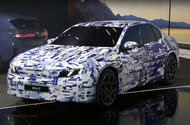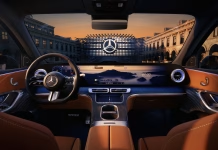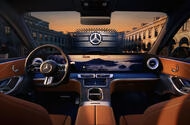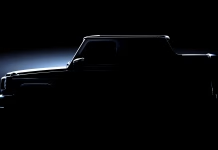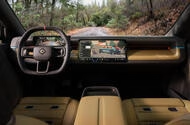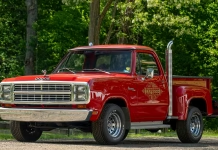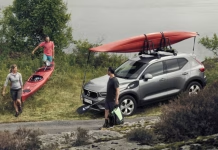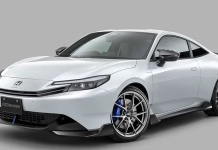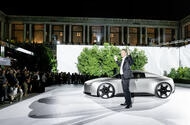BMW Unveils Next Generation Electric 3 Series i3 With Sleek Design and 2026 Launch
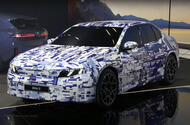 Electric 3 Series will become second model in BMW's Neue Klasse age
Electric 3 Series will become second model in BMW's Neue Klasse age
BMW has shown the new electric BMW 3 Series for the first time, and confirmed it will arrive next year badged i3.
Revealed in camouflaged-form at the launch of the new iX3 SUV on Friday, the car has evolved from the striking Vision Neue Klasse concept that was revealed in 2023. The saloon will become the second model in its Neue Klasse age.
It is the first time the brand has offered a 3 Series-sized model with an electric powertrain. When it arrives next year it will be the smallest EV the brand offers.
It will also be the first car to use the i3 badge since the previous BMW i3 went out of production in 2022.
Speaking at the iX3 launch, BMW chairman Oliver Zipse said: “This is the new i3 that will arrive next year and he all electric. It’s the first model variant of the new 3 Series generation.
“You will recognise classic proportions of a typical sporty BMW.
“For the past 50 years across multiple model generations no other model has been as tied to the BMW brand as the 3 Series. It represents sheer driving pleasure at its finest.
"The iX3 and i3 are powerful symbol of the broad spectrum the Neue Klasse models will cover.”
When the iX3 and i3 arrive next year, they will spearhead a huge product offensive from BMW. Zipse said that, starting next year, the brand will launch a new version of each model, adding: “We will launch 40 new and updated models by 2027”
Shown for the first time under camouflage, the i3 appeared in production form. The car has been spotted testing over the past year (below).
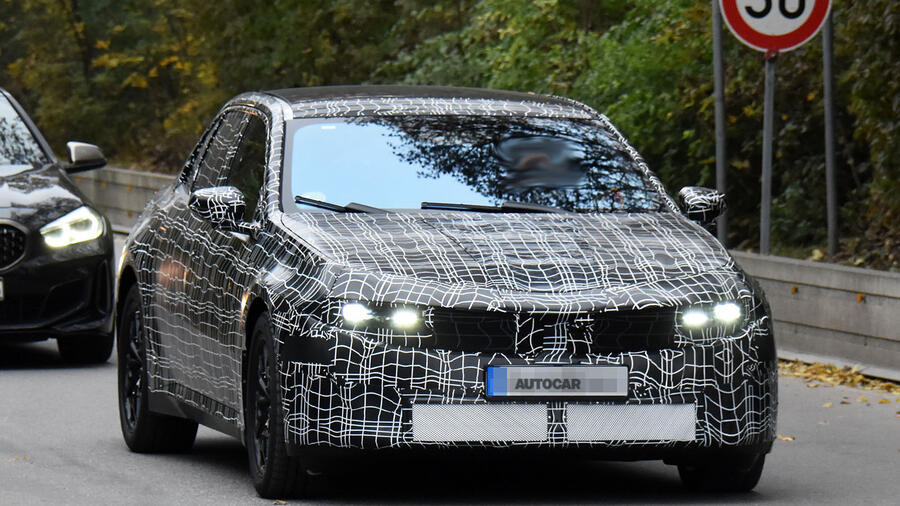
While arriving first in electric i3 form, the eighth generation 3 Series will continue to be offered with ICE power as it moves onto BMW's completely new, EV-first architecture. This 800V Gen6 platform is the same as what underpins the larger iX3.
While the iX3 launches as the longest-ranged EV on the market with a range of 500 miles, expect the i3’s lower and sleeker shape to push this further.
Power will likely match the iX3, which at launch is offered with 464bhp and 479lb ft from a dual-motor set up. This enables the SUV to cover 0-62mph in a claimed 4.9sec. Other power configurations are planned.
BMW has already teased an electric M3 with the M HP BE test mule. Due in 2028, BMW has promised that the crucial sports saloon will “set new standards" for electric performance.
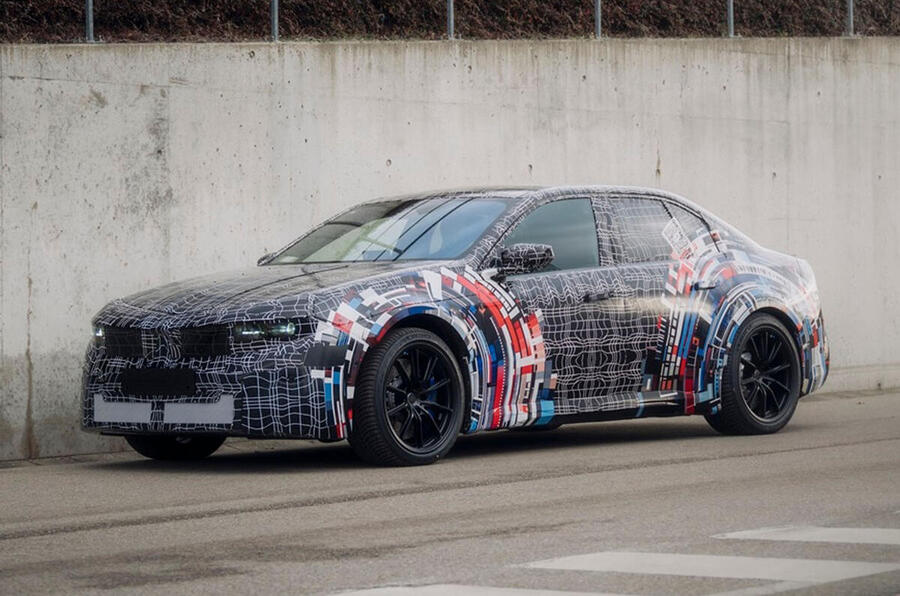
The car is also set to get a Touring estate version, BMW Group design boss Adrian van Hooydonk previously told Autocar.
Mercedes GLC Electric Unveils Stunning 39-Inch Hyperscreen and Advanced Interior Features
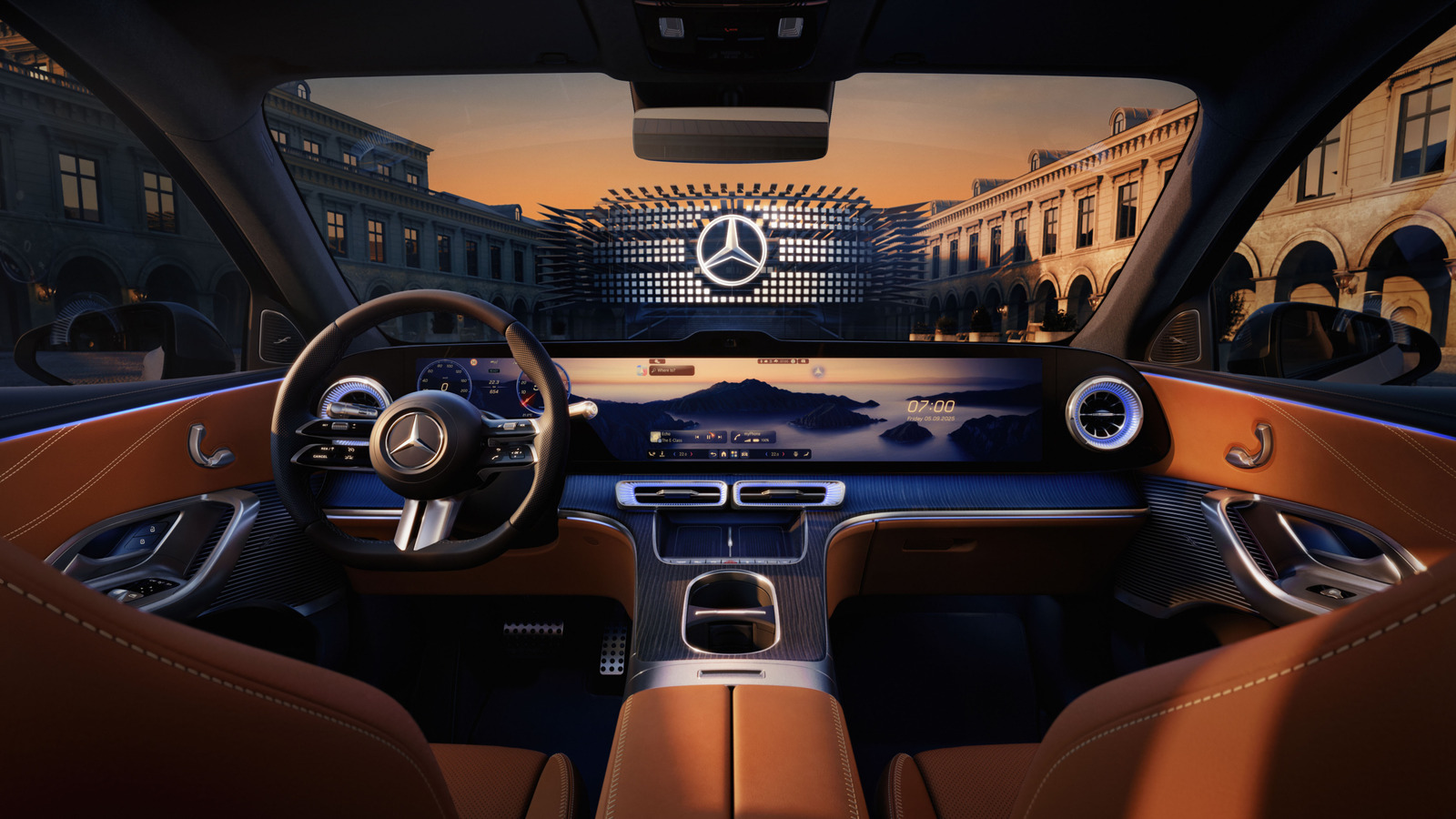
New Electric GLC SUV Unveils Stunning 39 Inch Hyperscreen and Futuristic Interior Design

Mercedes-Benz GLC interiorNew electric GLC will be offered with largest touchscreen yet seen on a Mercedes
The new electric Mercedes-Benz GLC, which is set to be unveiled imminently at the Munich motor show, will feature the largest digital display screen yet seen on one of the firm’s models.
The new SUV, which effectively succeeds the EQC and will be sold alongside the combustion-engined GLC, sits on a bespoke new EV platform. Mercedes has already shown the bold illuminated grille that will feature on the model and the firm has now given a first glimpse at its cabin.
The interior design is dominated by a revamped single-piece MBUX Hyperscreen, which measures 39.1in and spans the entire length of the new GLC’s dashboard. Mercedes says the screen offers “exceptional clarity” and uses matrix backlight technology from more than 1000 LEDs.
The screen will offer ‘intelligent zone dimming’, which means two display areas can be set to different levels of brightness using sliders. Mercedes claims it has filed a patent for that technology. It is understood that the Hyperscreen will be optional, with lower-level models featuring smaller screens.
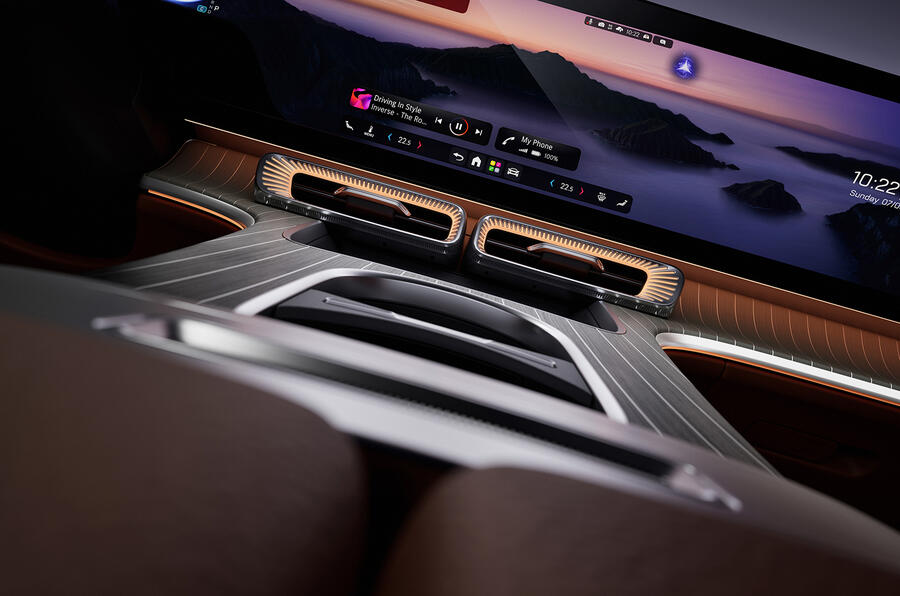
Elsewhere, the interior showcases the latest evolution of Mercedes’ ‘sensual purity’ design language, which will be adopted by all future models. The centre console merges into the dashboard and can feature a wireless smartphone charging tray and cupholders.
There is extensive use of customisable LED lighting, which also adds to the functionality: the air vent illuminations will briefly change colour when the climate temperature is adjusted.
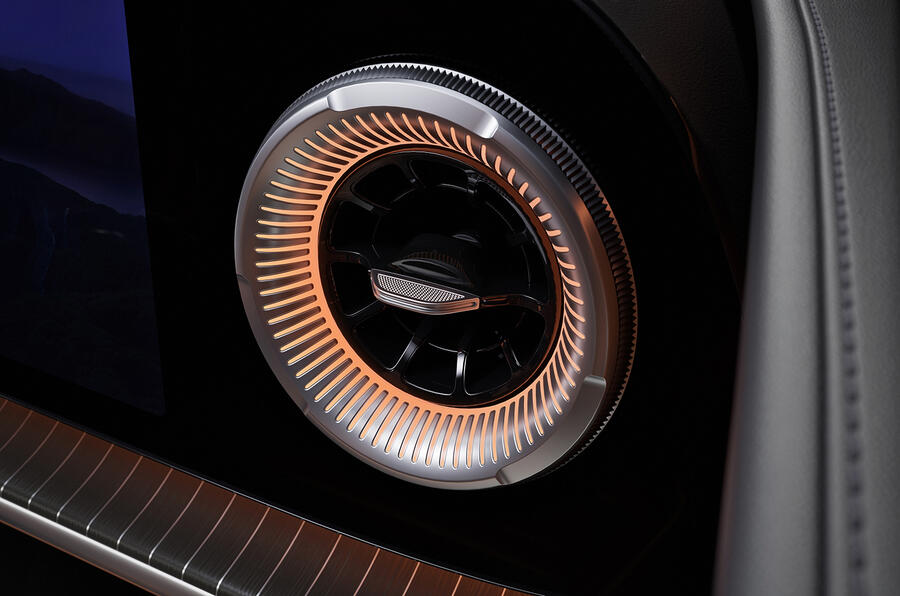
The electric GLC, which Autocar has already driven in prototype form, will be launched at the Munich motor show and will go on sale early in 2026.
Mercedes-Benz Teases Exciting New Four-Door G-Class Cabriolet for America
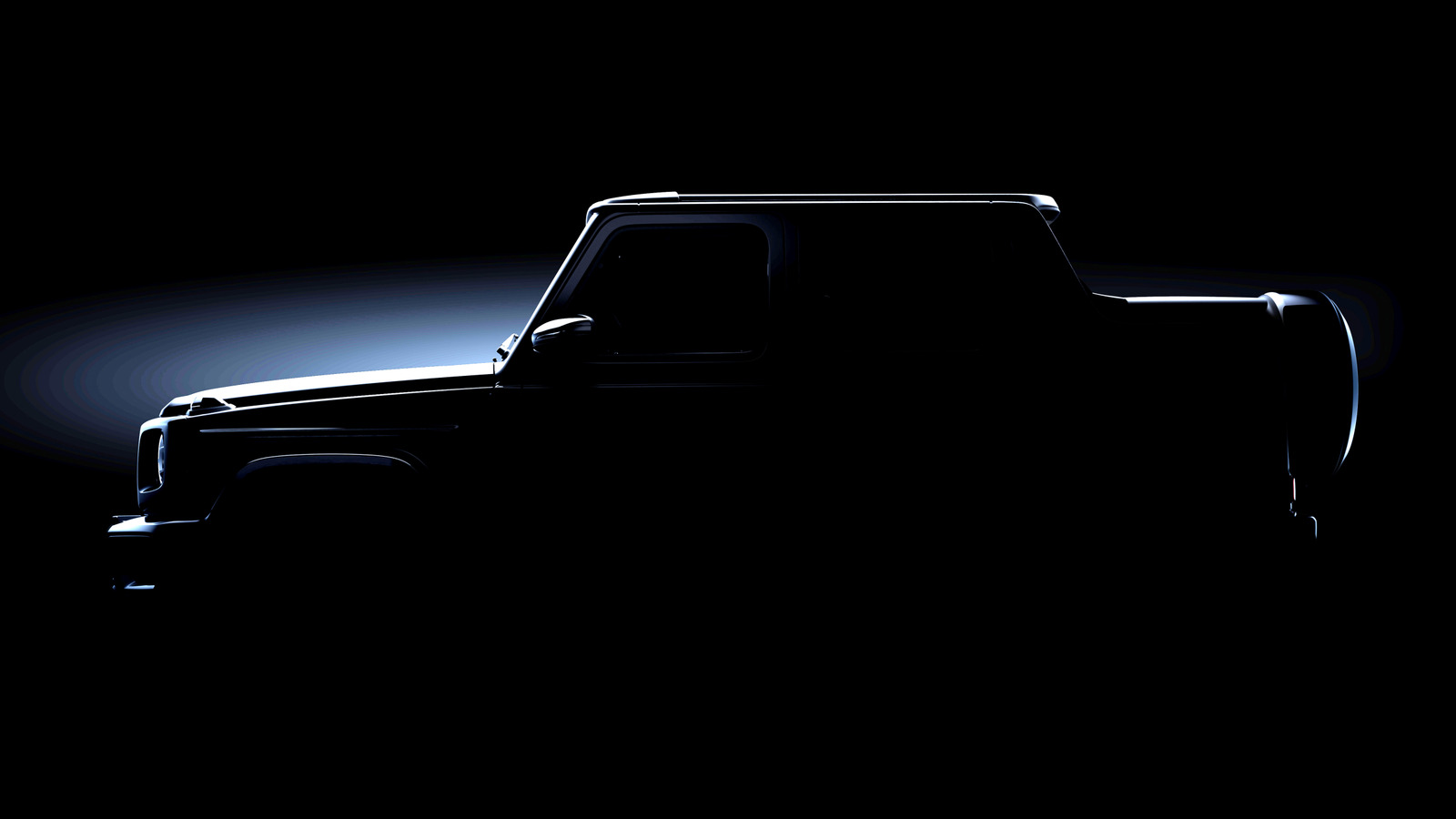
Audi Unveils Next-Gen Cars with Rivian Software for Smarter, Simpler Driving by 2028
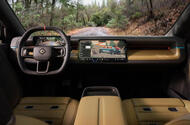
VW Group invested $5bn in Californian EV and software firm Rivian last yearAudi is testing mules in partnership with Rivian already; new tech will cut complexity, add functionality
Audi will launch its first cars with a Rivian-developed software stack in 2028, marking a step change in the way it develops its cars and the features they include.
The Volkswagen ID 1, launching in 2027, will be the first VW Group production car to use Rivian elements, but Audi will be the first brand from the group to bring a car to market with a complete software architecture developed in partnership with the Californian outfit, with which VWG established a software joint venture last year.
That's because "Audi has the highest requirements when it comes to functionality", said CEO Gernot Döllner - plus, the heightened efficiencies and reduced complexity brought by the new technology will tie into the German brand’s push for clearer and simpler operations.
"It's 2028 where we'll see it in the market. We are heavily working on it with the Rivian-Volkswagen joint venture, building up mules right now and working intensively together, so the first cars are already on their way,” Döllner told Autocar.
He revealed that the technology will be introduced in a pair of all-new cars – “if you take a step like that, you do it in a new platform” – which occupy different market segments.
Inside Rivian: the start-up teaching VW how to make better EVs
“From there, we’ll roll it out from these two models, step-by-step, to the complete line-up.”
Döllner gave no clues to what these first two models will be, but the company is likely to launch its first car on the VW Group's new 'SSP' modular architecture around 2028, so that would seem a likely candidate for the new software stack.
He added the stack will have significant implications for the production and capabilities of next-generation Audi models.
“It means for us, first of all, reducing complexity. In developing the car, we will have much leaner and faster processes in the way we develop the car.
"Over-the-air updates are an integral part of that strategy, so we are more flexible to add functionality or to fix things that are maybe imperfect, and it also helps us to focus our organisation: that software-defined architecture also brings complexity reduction."
Audi's development of a new software-defined family of vehicles comes as it renews its focus on traditional physical controls in pursuit of greater usability - as demonstrated by the new Concept C show car.
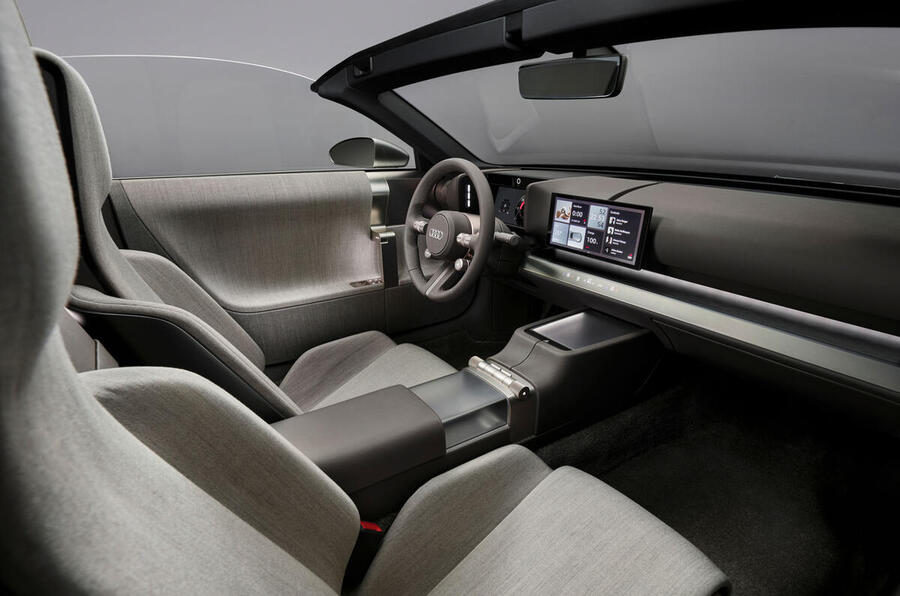
The two approaches would seem at odds with each other, but Döllner said digital and analogue elements "fit together perfectly".
"You have less virtual buttons in the car and more haptic elements, because that's definitely the customer requirement we get from the market: customers want to have specific functions and direct access. And it gives us the ability to to bring back materiality to the interior of the car - that real metal feeling, the 'Audi click', so also emotion.
"But underneath it's a central computer unit with zonal computers behind, so that's no contradiction - it fits together."
Dodge Li’l Red Express The Surprising Speed King of Post-Oil Crisis America
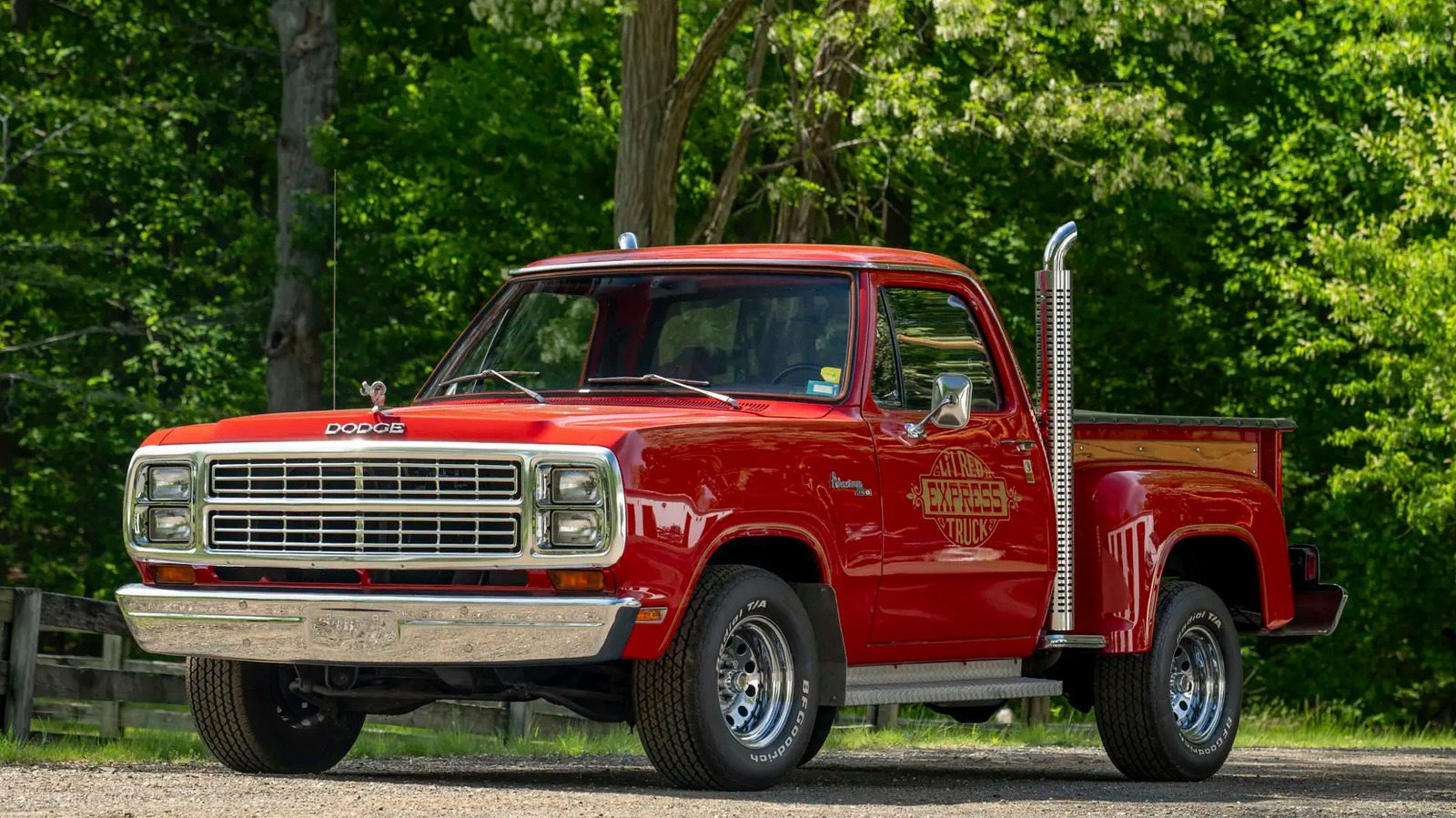
Best Family Cars for City Escapes and Easy Parking
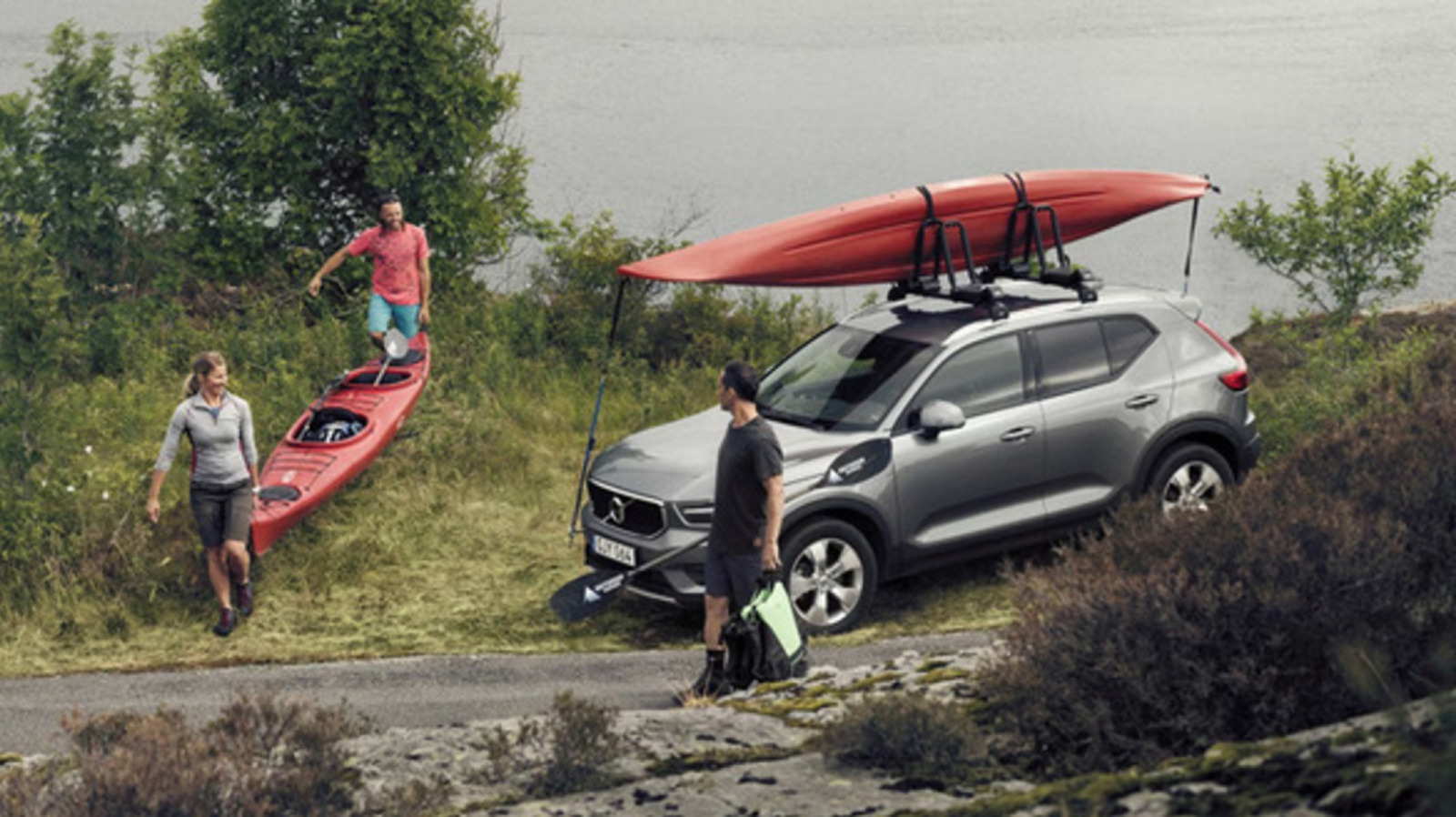
Volvo EX60 Electric SUV Unveiled With Over 435 Mile Range and Next Gen Tech...
 Electric equivalent of best-selling XC60 SUV will provide 'huge boost' to Swedish firm's EV ambitions
Electric equivalent of best-selling XC60 SUV will provide 'huge boost' to Swedish firm's EV ambitions
The crucial new Volvo EX60 electric family SUV, which the firm describes as a future "cornerstone" of its product line, will be launched in January next year – and is set to offer more than 435 miles of range.
The Swedish firm has been gradually hyping the reveal of the new EV for months, and has now issued a preview image showing a silhouette of the model's side profile along with confirmation the EX60 will be launched in Stockholm, Sweden, on 21 January 2026.
Production of the EX60 will then begin in the firm's Torslanda plant in Gothenburg in the first half of next year.
The silhouette confirms that the EX60 will closely follow the shape of the similarly sized combustion-engined XC60, which has long been Volvo's best-selling car. Narrow front headlights featuring Volvo's 'Thor's Hammer' design, similar to those on the EX90 large SUV, can also be seen.
Volvo confirmed that the EX60 will be its first car to use "our latest technology base", adding that it will "deliver a longer electric range than any Volvo car before it". It is set to beat the Volvo ES90 saloon, which is expected to offer an official WLTP range of 435 miles using a 106kWh battery.
The new technology base that the EX60 will use is Volvo's advanced, highly scalable SPA3 platform, which is effectively a successor to the platform that underpins the EX90 and ES90. This new architecture will allow Volvo to add both smaller and larger cars to its line-up, and can accommodate a wide range of battery sizes.
As with those models, the EX60 will be designed around an advanced software stack, giving it the capability to accept over-the-air updates and extra features.
Anders Bell, Volvo's engineering and technology chief, called the SPA3 platform "100% electric and 100% Volvo Cars", rather than a shared Geely group platform, such as the SEA platform used for the EX30 crossover.
"Because it's 100% electric, we've been able to remove all the old constraints of the combustion engine," said Bell. "We very much took a first-principles approach to it. You will see the highest level of supremely well-integrated technology coming together in these products."
The EX60 is likely to broadly match the dimensions of the XC60 (pictured below) and will doubtless take styling cues from the EX30 and EX90.
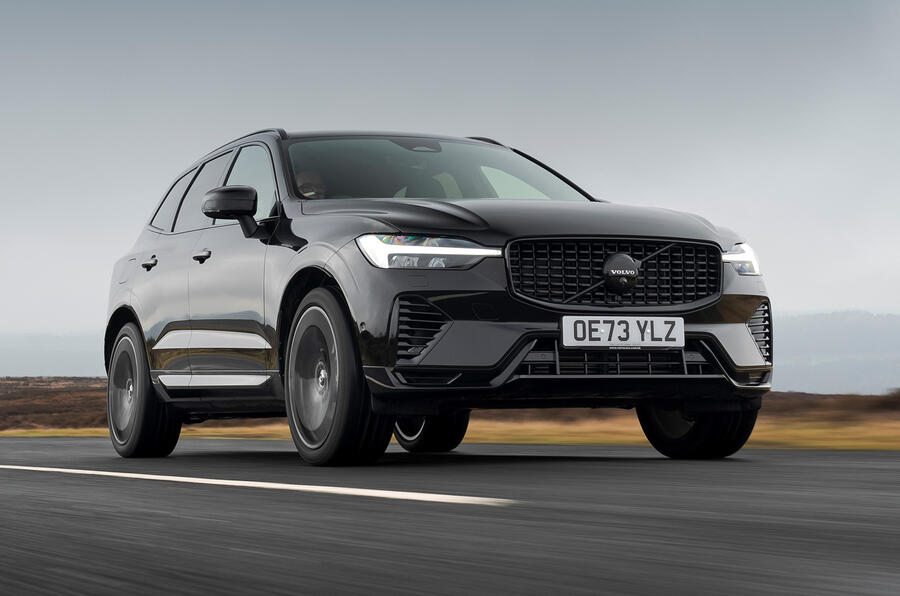
Bell said the SPA3 is “a big step from a mechanical perspective, but from a software electronics perspective it's a straight evolution”.
He added: “All the work we're putting into the EX90 will go directly into the SPA3 cars as well. It's basically the same software stack.
"SPA3 is designed from the beginning to be much more scalable, in size and price point and across regions, but also scalable in volume.
"It's designed for scale in every dimension: when it comes to size, my job is to make sure that the company has optionality. We are designing [the SPA3] to be scalable from B to F [segments], to make sure that we have flexibility and that we can launch the products that markets decide they want when they want it.”
Since all future new Volvo models will share the same basic tech stack, Bell added that it will allow for more focused and rapid development. “Because it’s all one technology stack, there's no repeat of work,” he said. “It's the same software stack, same basic electrical architecture. Yes, it's scalable in size, price and capabilities, but it's not spreading our products in different ecosystems.
“Everything we do gets married to the Volvo connected car cloud. If you look at successful tech companies, they're all single tech stack companies where all their products are interlinked. Apple is a good example: hardware, software, telephones, laptops – they’re basically all interconnected with the same software. That’s one example of where we need to be converging as a technology company going forward.
"Our focal point is safety, sustainability and creating this fantastic customer experience, all wrapped in this Scandinavian design, on one tech stack."
As previously revealed by Autocar, the EX60 will also be the first Volvo designed to benefit from megacasting – a technology set to be introduced with the SPA3 that allows for entire sections of a car to be created as a single part rather than multiple elements.
That, along with other changes and the more modular nature of the SPA3, will lower production costs.
When it arrives, Volvo's EV line-up in Europe will consist of the EX30, EC40, EX40, EX60, ES90 and EX90, with the addition of the EM90 MPV in China.
Mugen Unveils Custom Accessories for the Upcoming Honda Prelude
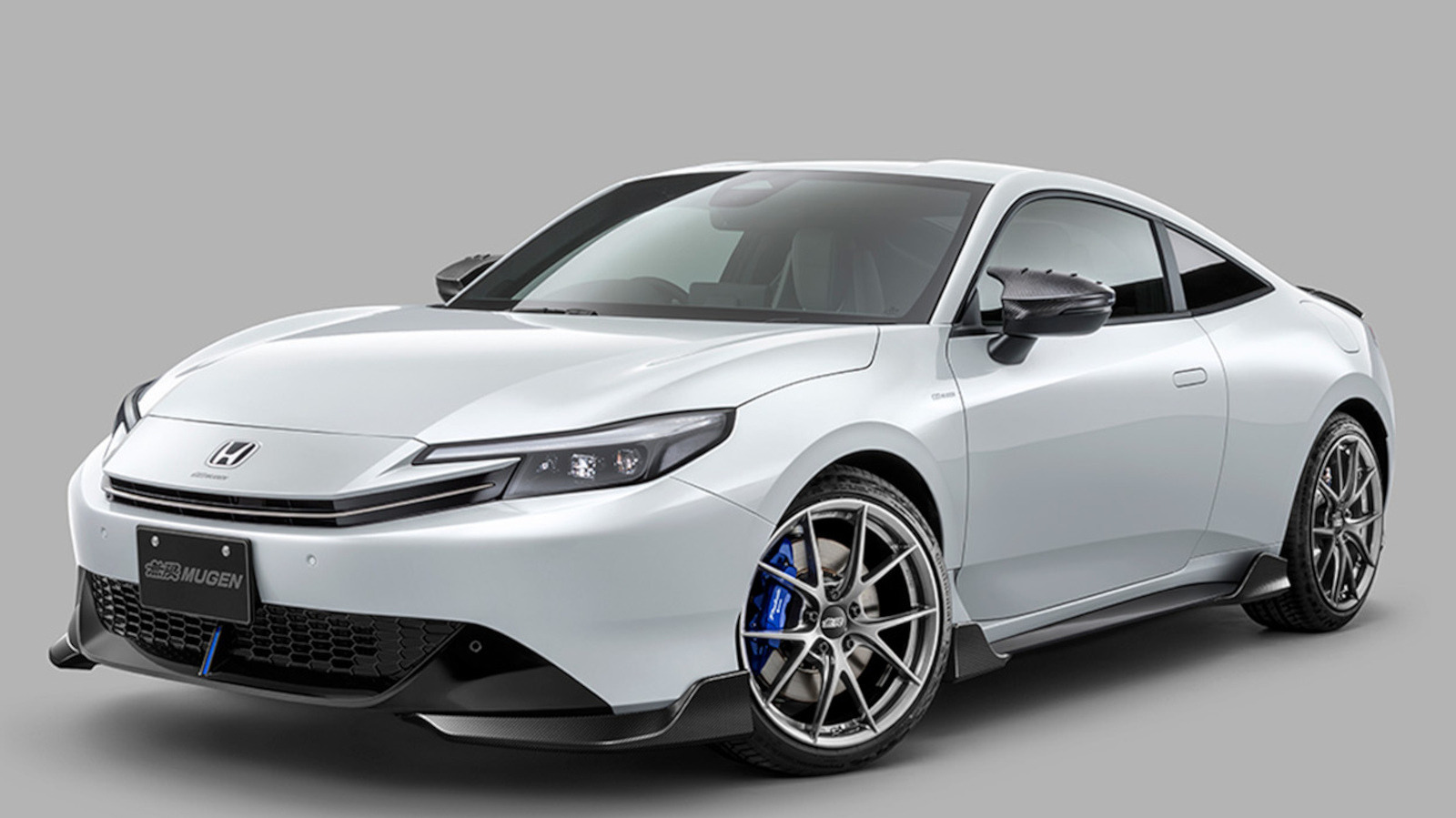
Audi Unveils Electric Sports Car Revolution with Lightning-Fast Development and Driver-Focused Thrills
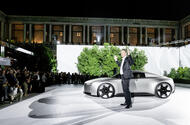
Audi boss Gernot Döllner: "Concept C is a revolution for us"As prototypes of new two-seater begin testing, VW Group CEO Oliver Blume says ardent ICE fans "have to drive it"
Audi is already testing prototypes of its new electric sports car ahead of its planned launch in 2027, as part of an accelerated development programme that will be just 30 months from sign-off to showrooms.
The radical new Concept C previews a successor to the Audi TT, which will be in showrooms in two years and is set to be the quickest-developed car the German brand has yet launched - setting the tone for a new strategy that aims to match Chinese competitors on pace.
Audi CEO Gernot Döllner told Autocar that the Concept C is about showcasing new design cues and technology "but also speed".
"China speed at Ingolstadt comes with that car - around 30 months development time, which is really a revolution for us, to develop a car at that speed."
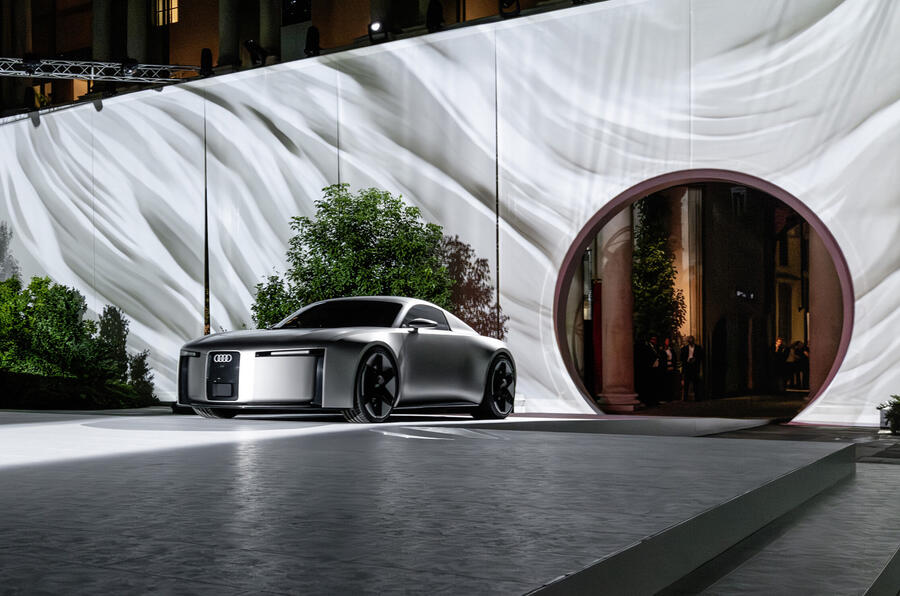
Döllner stopped short of giving a precise launch date and wouldn't say when the Concept C was officially signed off, but Autocar has learned that prototype testing of both this car and the related Porsche 718 EV has begun in earnest, and bosses are keen to emphasise the capabilities of the underpinning platform.
Volkswagen Group CEO Oliver Blume said that he has driven prototypes of the upcoming sports cars (which use an adapted version of the Porsche and Audi-developed PPE platform, with their batteries behind the seat) and is confident of their ability to appease driving enthusiasts.
"It's such a different level comparing to the combustion engine cars," he said. "Drivability, agility, the power you have... It's a completely new feeling. And I'm so passionate about the platform."
Asked how he would respond to critics who say the lack of an engine is an inhibitor to engagement, Blume said: "They have to drive it.
"You feel so close to the road, having the noise of the wheels, and it's such fantastic driving. The direct steering we have, it offers such a lot of opportunities, and then there's the agility."
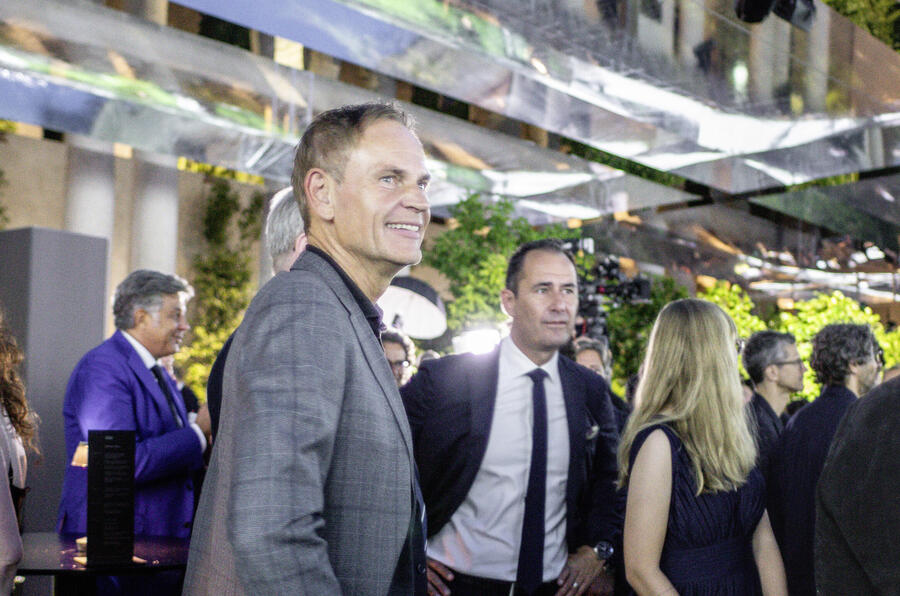
Blume added that despite the inevitable technical relationship between the Audi and Porsche models, they would stand as clearly distinct models, each with its own positioning and target market.
"We have very clear brand identities which are very different between Porsche and Audi," he said, "and that's what we are doing over the whole Volkswagen Group: defining the clear brand identities.
Meanwhile, Audi chief technical officer Geoffrey Bouquot gave Autocar some insight into the priorities of the Concept C's development programme, emphasising the importance of dynamics and engagement.
"It's all about the emotions and [being] fun to drive, and at the same time reducing to what you want to focus on.
"Do you want to experience something that is full of information? No. You want to enjoy the drive, and you want to have only the information that you need, whenever you need - and this is part of the things that we're working heavily on."
Döllner previously indicated that Audi was considering synthesised exhaust notes and artificial gearboxes as a means of boosting the engagement factor, but Bouquot said the firm will integrate only what is necessary to enhance the driving experience.
"The most important thing is that the technology is serving the experience and not the other way around. We don't want to give some gimmicks," he said. "I think the most important is that we focus on what an electric car is about."
Asked if Audi was trying to match the handling characteristics of a traditional sports coupé like the old TT or a contemporary mid-engined model, Bouquot suggested the priority was more about exploring the capabilities of the architecture.
"It's more about also the acceleration, the capabilities of driving, while also being very stable. It's something that we can fine-tune, all the sportiness, but I would not say we copied anything. It's more like we took inspiration and then translated it into a BEV model."
Ultimately, he agreed with Audi's chief of design Massimo Frascella in voicing a commitment to the production car being "as close as possible" to the Concept C show car.
He added that daily usability has also been a focus of the development programme, as real-world practicality remains a core attribute for any new Audi car - regardless of positioning.

